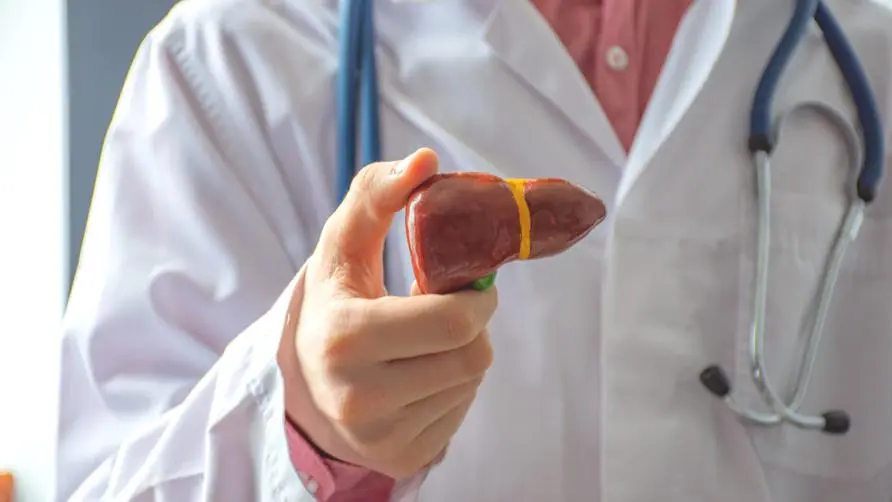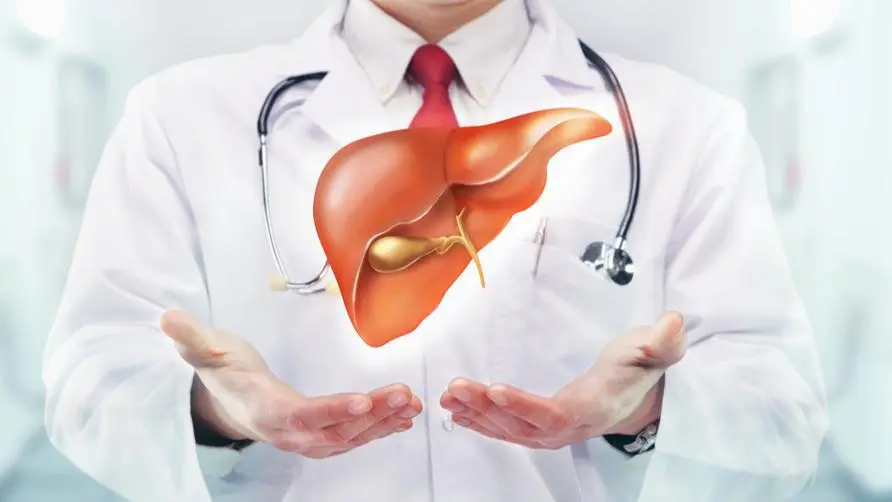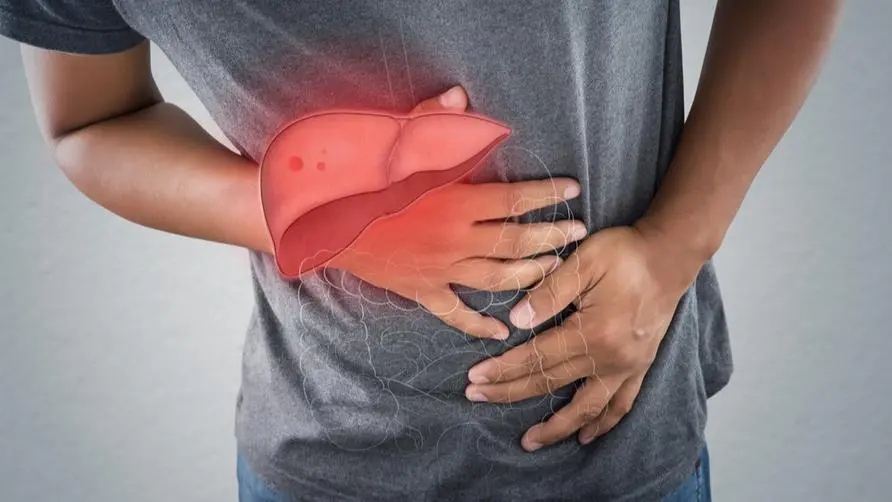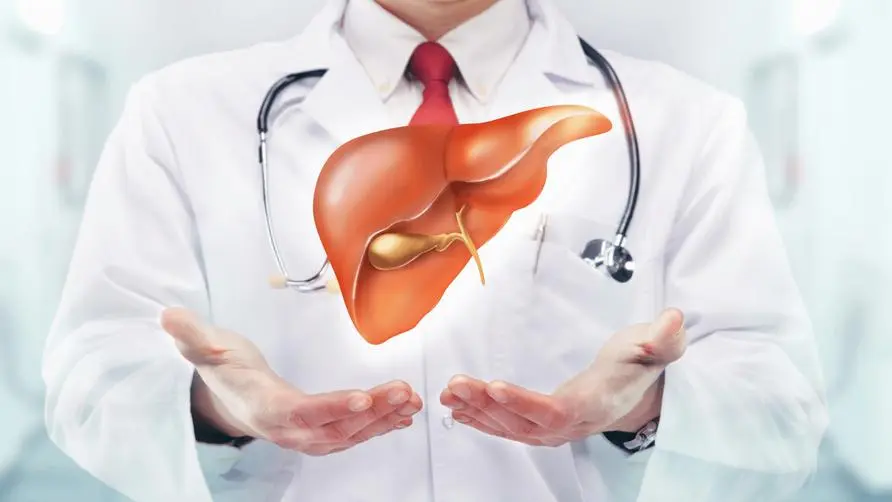1 in 3 people has fatty liver disease! Will it be the main cause of liver cancer in the future? People with hepatitis should avoid these foods

Liver cancer ranks second among the top ten cancer deaths, with hepatitis B and hepatitis C being the main causes
According to the Ministry of Health and Welfare’s statistics on causes of death in Taiwan in 2021, liver cancer has ranked among the top two cancers for 42 consecutive years. Liver cancer is usually caused by long-term chronic hepatitis, and hepatitis B and hepatitis C are the most common types of chronic hepatitis in Taiwan. About 5-10% of hepatitis B and 30-40% of hepatitis C patients will evolve from acute hepatitis to chronic hepatitis. This shows the important relationship between hepatitis B, hepatitis C and liver cancer.
Dr. Dai Jiayan, deputy director of Chung Ho Memorial Hospital of Kaohsiung Medical University and professor of hepatobiliary and pancreatic medicine, said that the main causes of liver cancer in Taiwan are chronic hepatitis, especially hepatitis B and hepatitis C, followed by metabolic and alcoholic hepatitis. At present, in addition to extensive screening, liver cancer prevention and treatment also carries out local screening in areas and ethnic groups with high prevalence rates to proactively identify patients and provide appropriate treatment to help reduce the risk of cirrhosis and liver cancer.
Dr. Dai Jiayan said that adult screening is an important tool in the prevention and treatment of liver cancer. The government provides free lifetime hepatitis B and hepatitis C screening for Taiwanese aged 45-79 (45-79 for indigenous people). It only takes one blood draw to know whether hepatitis C virus is present and whether treatment is needed.
Dr. Dai Jiayan emphasized that the treatment rate of new oral drugs for hepatitis C is as high as 98%-99%. Nowadays, most patients can receive effective treatment with minimal side effects. However, people who have been infected with hepatitis B and hepatitis C still have a certain risk of liver cancer. They must follow up regularly for 3-6 months or 6-12 months to avoid missing the opportunity to detect early liver cancer.
Are you infected with hepatitis C virus without knowing it? “Micro eradication” helps kidney patients reduce infection rate by 90%
Some studies show that the proportion of people who are unaware of their hepatitis C virus infection may be as high as 50%. Dr. Dai Jiayan pointed out that in order to achieve the goal of eliminating hepatitis C virus, a “micro-elimination” strategy is used to carry out screening and treatment in areas and ethnic groups with high prevalence. For example, Ziguan Township used to be the famous “Hepatitis C Township”. Through outreach clinics and on-site treatment, a total of 5,731 residents were screened, and up to 90% of the patients completed treatment.
The prevalence of liver C in hemodialysis (kidney dialysis) people is also five times higher than that in the general healthy population. Dr. Huang Chuanfeng, director of the Department of Hepatobiliary and Pancreatic Medicine at Gaoyin Medical University, said that kidney patients have low awareness of liver C disease and poor support systems. High-Tech Medical combined with dialysis care homes in Tainan, Kaohsiung, and Pingtung to adopt an “alliance” approach to promote screening and treatment, helping 2,300 dialysis patients reduce the hepatitis C infection rate from 8% to 1%, and the elimination rate exceeded 90% .
Dr. Huang Chuanfeng said that in the face of hepatitis C virus, identifying patients is a top priority. The “National Office for the Elimination of Hepatitis C” divides the risk of hepatitis C in Taiwan’s townships into levels 1-7, among which areas with levels 6-7 are high-risk, such as Zi In the past, the prevalence rate of hepatitis C in the official district was as high as 30%, but now the infection rate has been successfully eradicated. The next phase of Gao Yi’s “micro eradication” of hepatitis C will target residents of mental health facilities where the prevalence is also high, and is expected to help more potential hepatitis C patients stay away from the risk of liver cancer.
The prevalence rate of fatty liver among Taiwanese exceeds 30%! Might it be an important factor in future liver cancer?
In addition to raising awareness about screening for hepatitis B and hepatitis C, Taiwanese people should also pay attention to the threat of “fatty liver” to liver health. Dr. Huang Chuanfeng said that the prevalence rate of fatty liver in Taiwanese people is about 30%-40%. Although the risk of progression to cirrhosis and liver cancer is only about 1%, the high incidence rate may be an important cause of liver cancer in Taiwan in the future. It will increase chronic disease problems such as metabolic syndrome and three highs.
Dr. Huang Chuanfeng reminds that chronic viral hepatitis and steatohepatitis may increase the risk of liver cancer. Especially those who have suffered from chronic hepatitis must reduce their exposure to carcinogens such as aflatoxins, including moldy peanuts (shelled beans), white rice, and nuts. These foods may cause inflammatory disease if left at room temperature of 28 degrees for a period of time. If aflatoxin is produced, it is best to store it in the refrigerator as much as possible. Also avoid ingesting pickled foods and alcohol.
Further reading:





